There’s no getting away from the focus on going green. The automotive industry in particular has seen a drastic movement over to electrified vehicles to reduce the impact we have on the environment.
However, a study conducted by Footman James has shown that classic car ownership could actually be better for the planet than the current range of electric vehicles.
The Numbers
According to another study, conducted by Polestar, the production of their Polestar 2 (Standard Range, Single Motor) generates approximately 26 tonnes (26,000kg) of CO2 emissions. However, the average annual mileage of a classic car is 1,200 miles which produces just 563kg of CO2. This means that you could drive a classic car for around 46 years and still produce less emissions than the production phase alone of a Polestar 2!
Even stepping away from EVs for a second, a new Volkswagen Golf has a carbon footprint of 6.8 tonnes the day it leaves the factory – it would take an average classic 12 years to produce this.
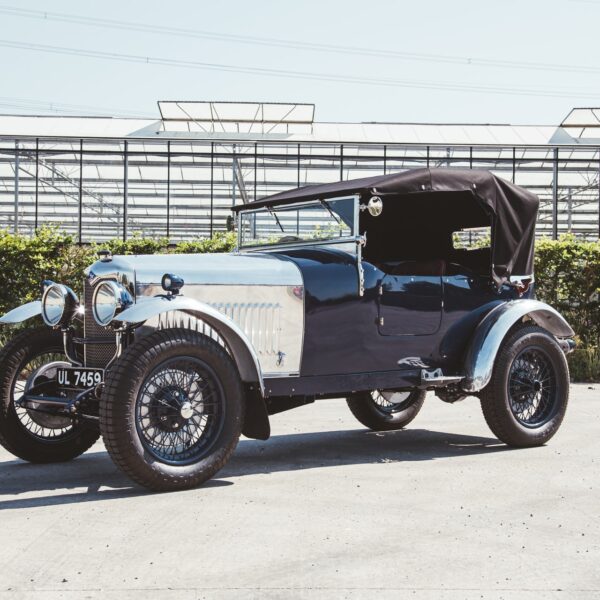
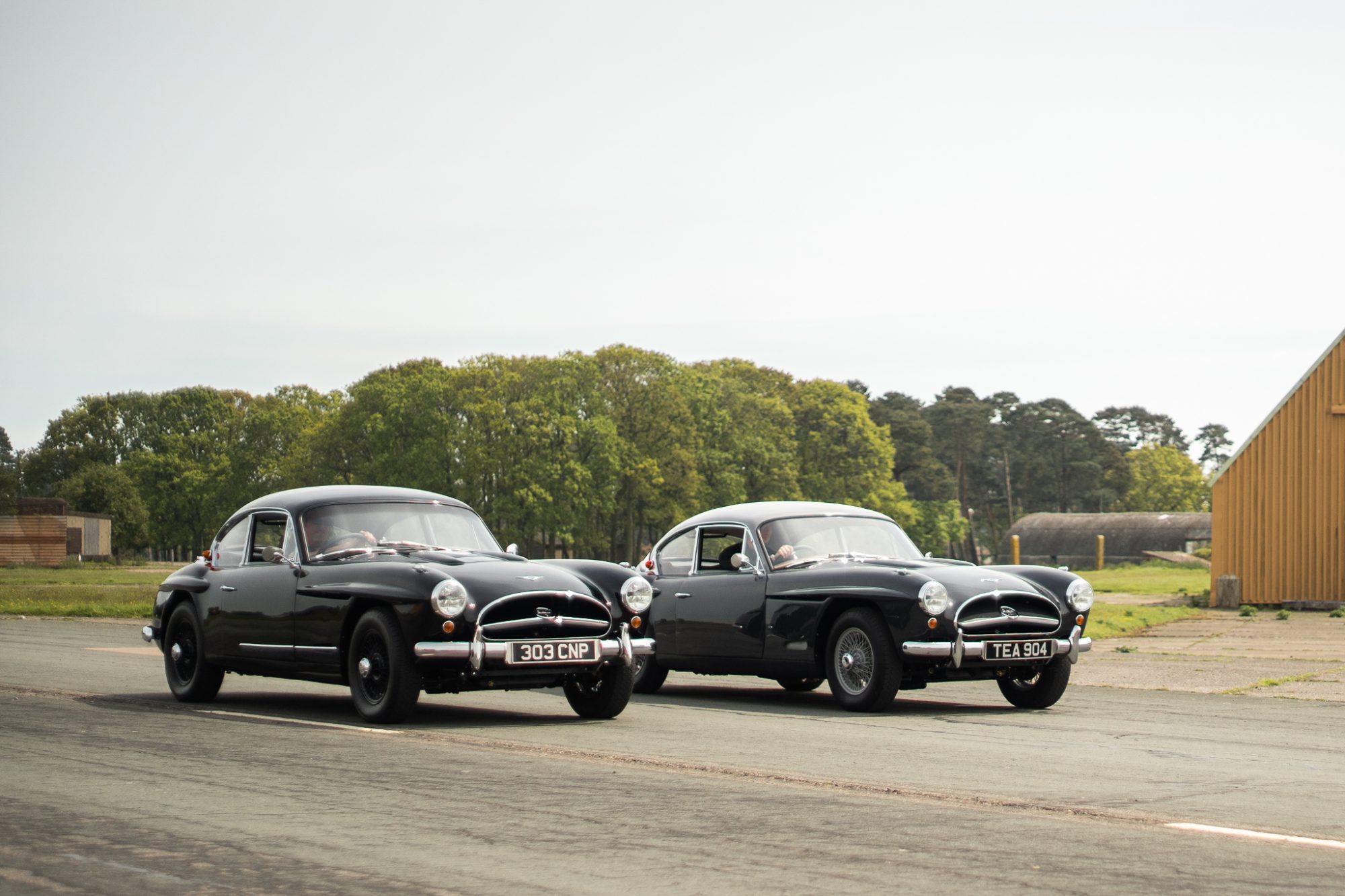
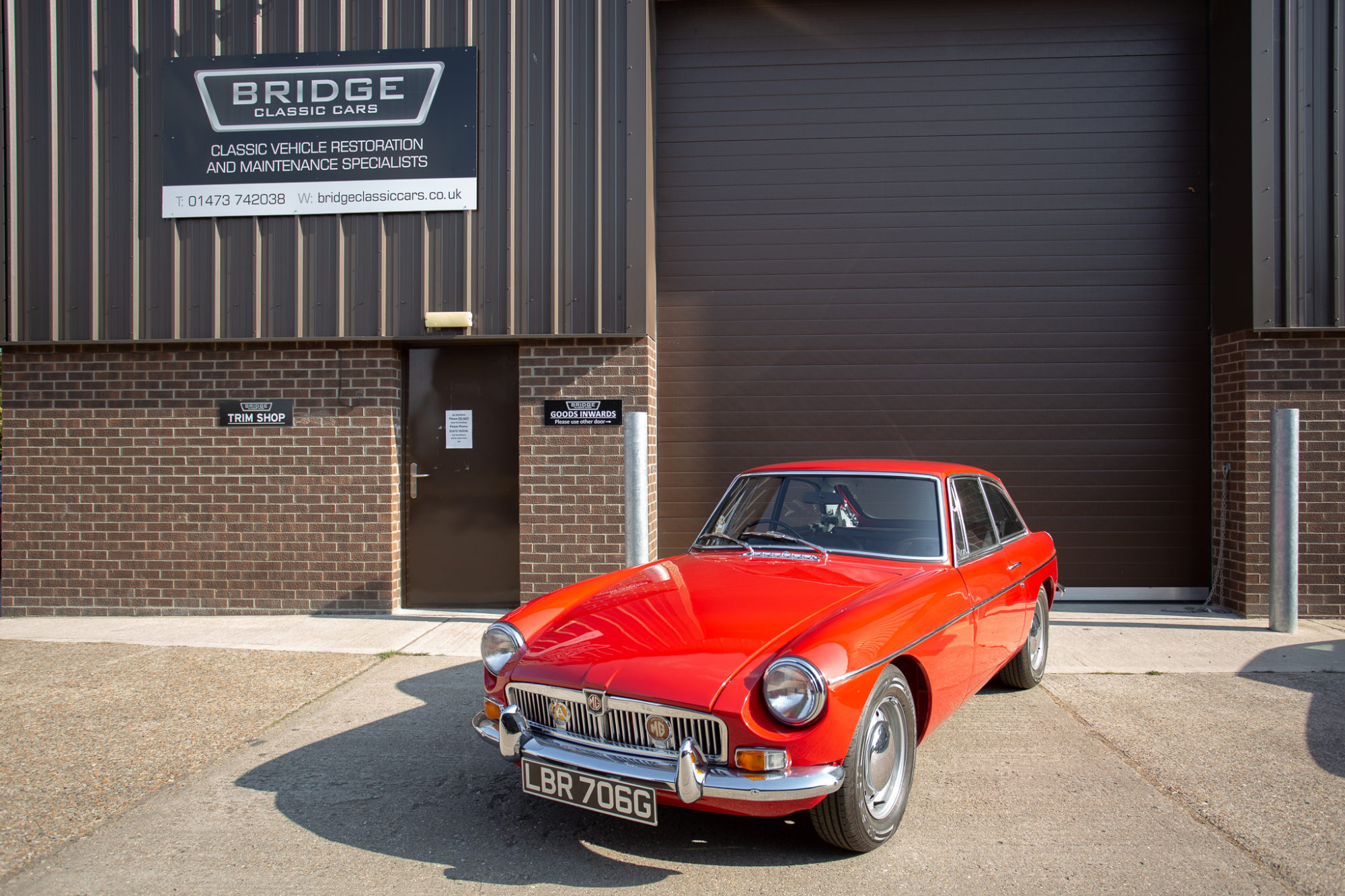
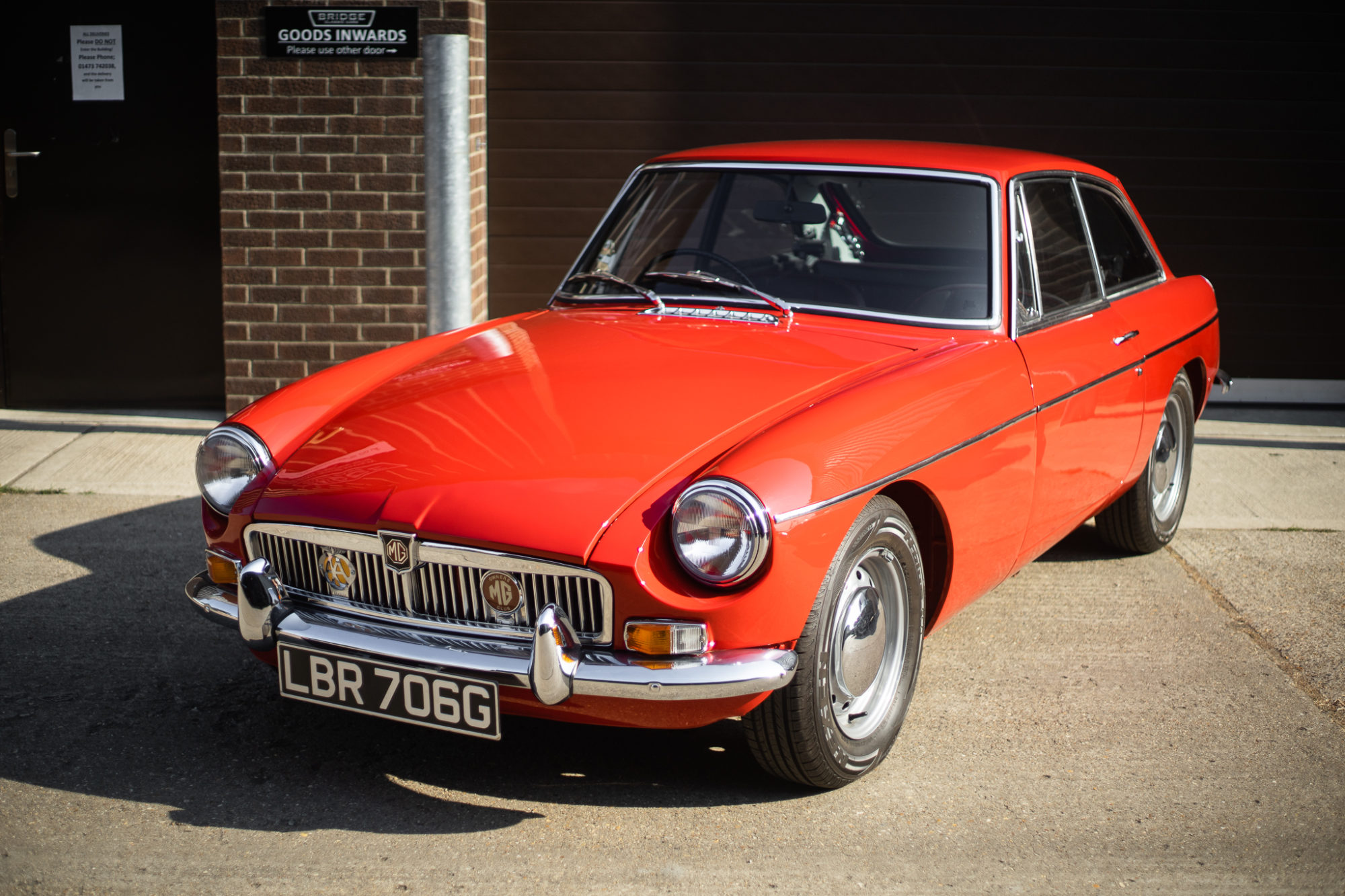
Classic Cars vs Electric Cars – Longevity
Something else to consider when weighing up classic cars vs electric cars is that, while there is no denying that a modern car and EVs produce less emissions while being driven, building new cars comes at a substantial environmental cost. By keeping classics on the road, fewer new cars need to be manufactured resulting in a smaller carbon footprint.
The second-hand car parts community is huge. Using these components in your classic means fewer new parts need to be made too. Not only that, but most EVs will have batteries that end up in landfills in a much shorter time than most classic cars have been on the road.
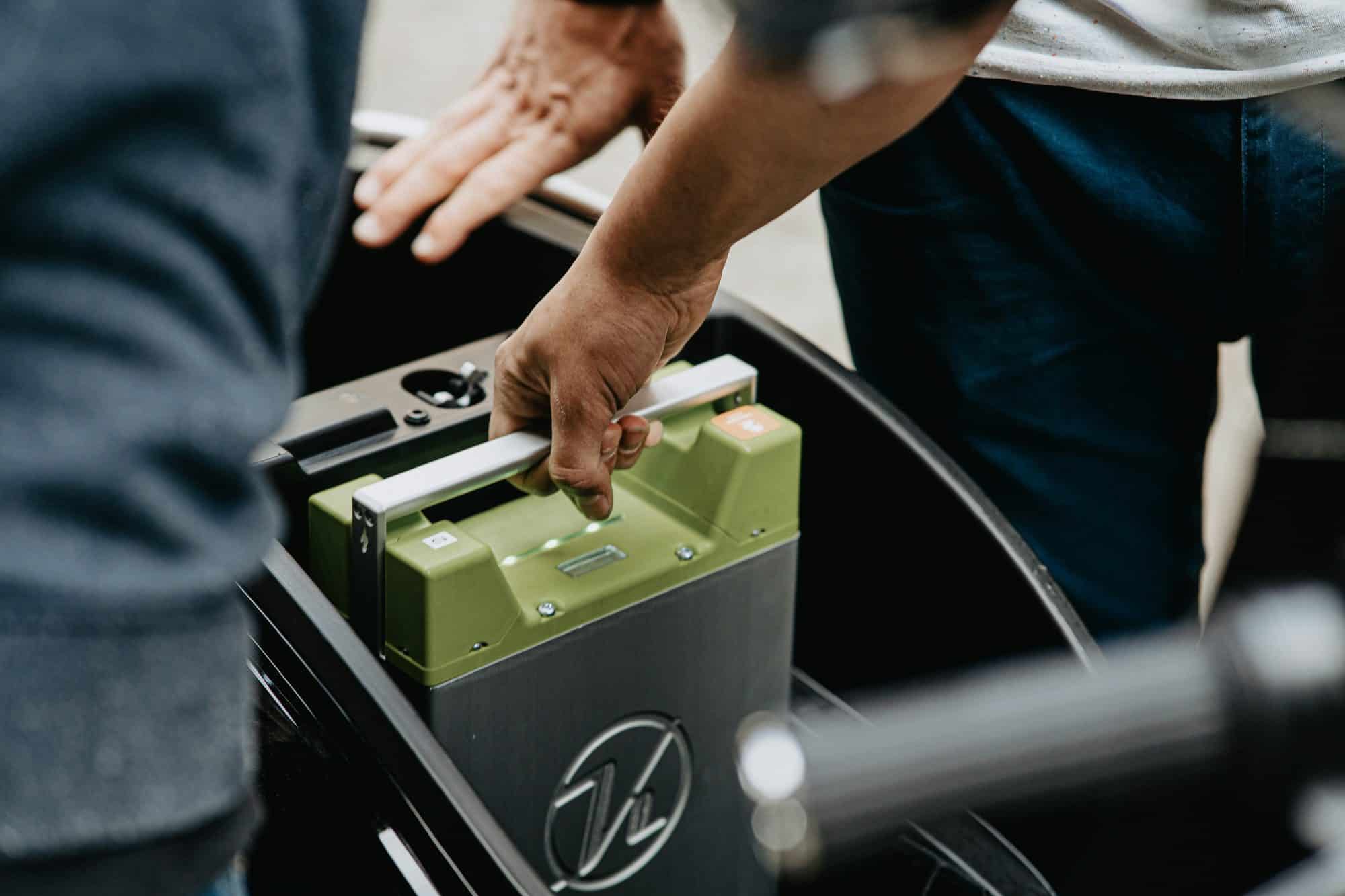
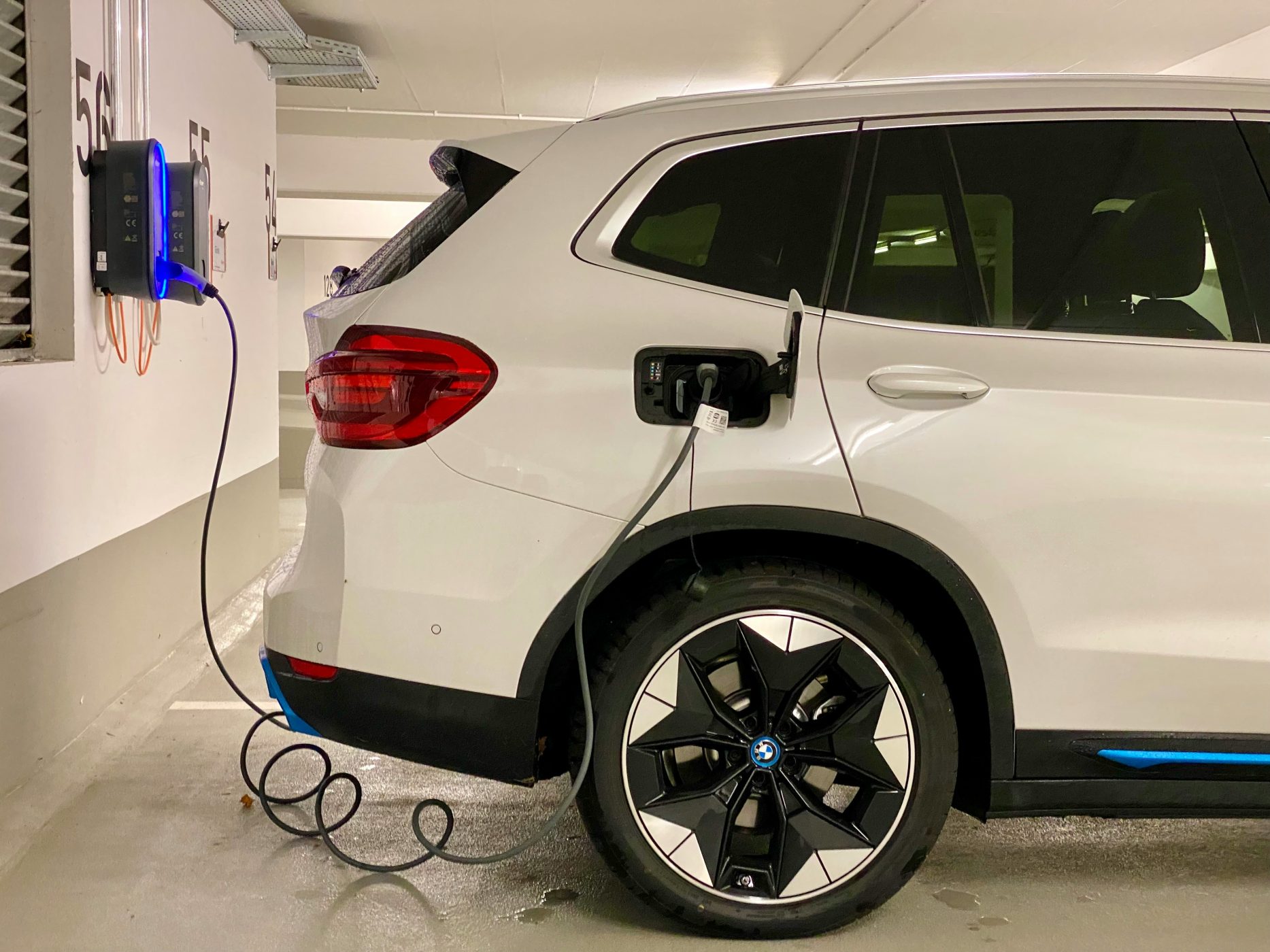
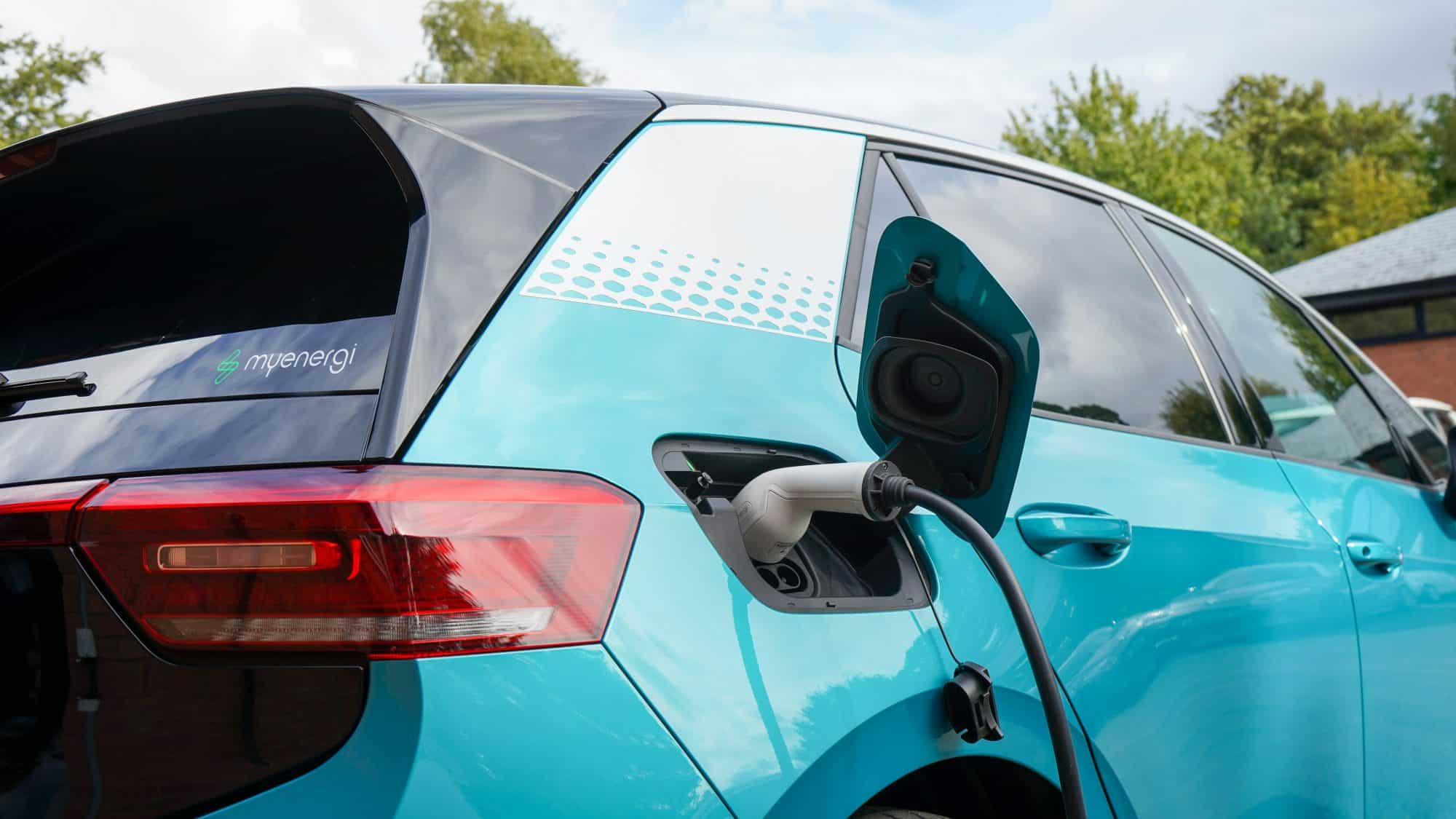
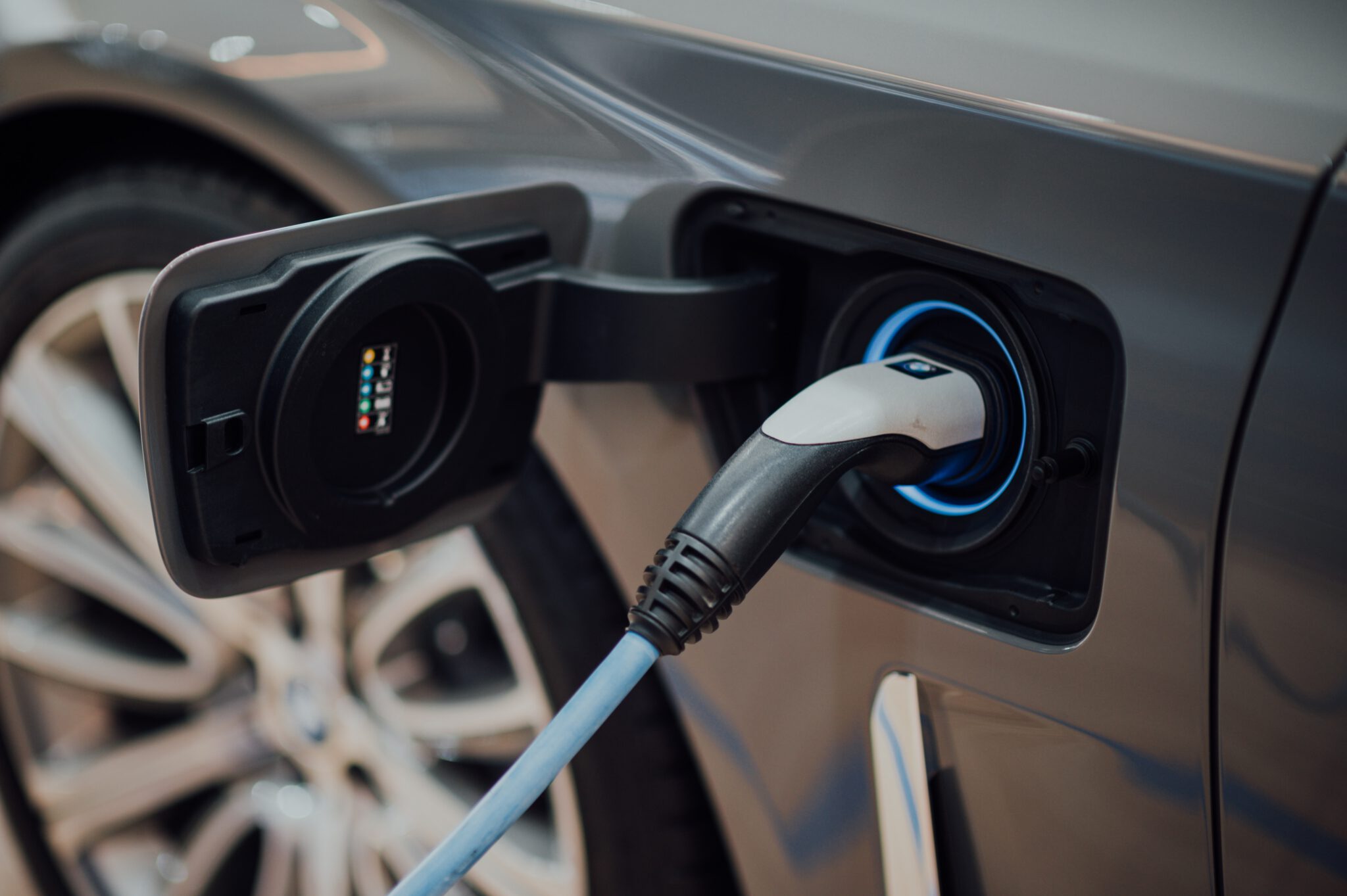
The Point
The point of this article isn’t to argue that classic cars are better for the environment than electric vehicles. It’s about starting a conversation about how classic cars shouldn’t be immediately written off as bad for the environment. In fact, a car that has already been built is much more environmentally-friendly than building an electric one! That’s not just my opinion either, the data in the Footman James study backs this up.
Ultimately, I think there is room for classic cars and EVs on the road. One thing I’m always keen to stress is that the car has only been around for 140 years or so. In the grand scheme of things, this is no time at all. Despite being around for such a short time, the automotive industry has seen some monumental changes and developments – particularly in the last two decades.
While electric vehicles represent a potential solution, I don’t think that they are the sole solution. Whether it be synthetic fuel, hydrogen power, or something else yet to be discovered, the automotive industry will no doubt undergo even more significant changes in the coming years. However, whatever happens, I think it is important not to overlook classic cars as being a part of the greener future solution.

Leave a Reply
You must be logged in to post a comment.